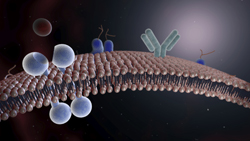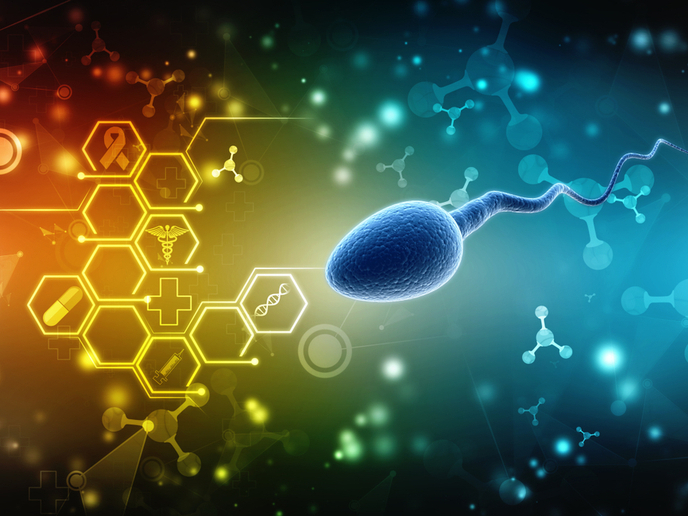In depth study of membrane proteins
The EU-funded project 'A systems approach to defining membrane protein networks and applications’ (TRANSYS) has trained early stage researchers in membrane protein chemistry and bacterial systems biology. Possible applications will be in vaccine production and pathogen-resistant food.The TRANSYS network recruited nine early stage researchers (ESRs) to unravel the role of proteins in membrane insertion, folding, complex assembly and their interactions. They focused on the twin-arginine translocation (Tat) protein transport pathway in microbes like Bacillus subtillis and Escherichia coli. The ESRs successfully characterised various Tat complexes and determined their role and structure. For the first time ever, the TatE complex from E.coli was purified. Major insights were obtained leading to a major breakthrough on producing and harvesting recombinant proteins and the filing of a patent application.Studies of the Tat molecular interactions, proteins and complexes revealed factors critical for productive protein translocation, iron transport, biofilm formations as well as Tat-dependent phenotypes of B. subtilis. A new Tat-dependent phosphodiesterase of B. subtilis callled YkuE that is targeted to the cell wall was discovered and characterised. Unlike previous reports, localisation studies showed that cellular processes are localised in dynamically distributed places in the membrane rather than at fixed sites. Novel protocols for membrane proteome analyses and protein structure predictions were developed as a result. Comprehensive studies were also carried out to study the dual topology nature and active form of the efflux-multidrug resistance protein from E.coli. Structural and functional studies on gene clusters provided important information on the role of ATP-binding cassette transporters in important biological processes.The ESRs have published their findings in several peer-reviewed journals besides attending multiple events to disseminate their research. Project outcomes have considerably enhanced knowledge on membrane proteins and provided the foundation for further collaborative research activities. This has important implications for the biotechnology, food and pharmaceutical sectors.







